Industries
In the evolving industrial landscape, advanced technologies like digital twins, data analytics and automation are essential for digital transformation. These technologies drive innovation, enhance efficiency, and reduce costs across multiple sectors, making them critical for maintaining reliability and sustainability. Our services in seamless integration of cutting edge technologies critically enhance efficiency and reduce costs by making them indispensable in today’s competitive and rapidly changing market.
Agri / Aquaculture, and Food Industry
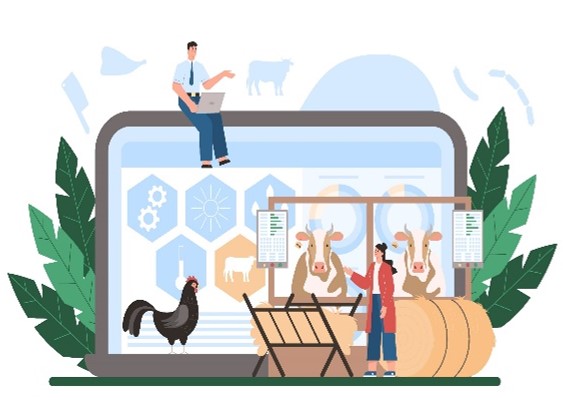
Precision agriculture is transforming the agriculture industry by enabling more efficient and sustainable farming practices. Soil moisture sensors and weather monitoring systems provide real-time data that farmers can use to optimize irrigation and fertilization, reducing water use and improving crop yields. Our precision agriculture and aquaculture techniques can significantly increase productivity while reducing the environmental impact of farming by optimizing the use of inputs such as water, energy, and pesticides.
A significant future trend in agriculture and aquaculture is the development of digital twins for farm environments. These digital models can simulate species growth under various conditions, allowing farmers to experiment with different strategies virtually before applying them in the field. Digital twins and simulations can be used to model variable responses to different environmental and management scenarios, helping farmers make more informed decisions that enhance productivity and sustainability
Transportation
Revolutionized by the integration of sensor networks and analytics to enhance safety, efficiency, and reliability.
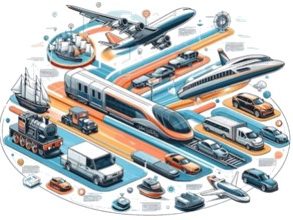
Real-time vehicle health monitoring systems powered by advanced sensorization are revolutionizing how critical components like engines, fluid lines, and braking systems are maintained. By collecting and analyzing performance data, our solutions enable predictive maintenance, reducing unexpected failures, minimizing downtime, and lowering maintenance costs—all while enhancing reliability and safety. As transportation evolves, autonomous operations and vehicles are reshaping the industry, driven by cutting-edge AI and Machine Learning. These systems process vast data streams from sensors and cameras, enabling safe navigation through complex environments, reducing traffic accidents, and improving traffic flow by eliminating human errors.
Our solutions also contribute to reducing the environmental footprint of transportation by optimizing fuel efficiency and operational sustainability. In the rail industry, digital twins are emerging as transformative tools for optimizing traffic management, maintenance, and infrastructure planning. By simulating real-world scenarios, digital twins empower operators to make informed, data-driven decisions that enhance efficiency, sustainability, and long-term impact.
Manufacturing
INCREASINGLY adopting ADVANCED TECHNOLOGIES, leading to emergence of smart factories.
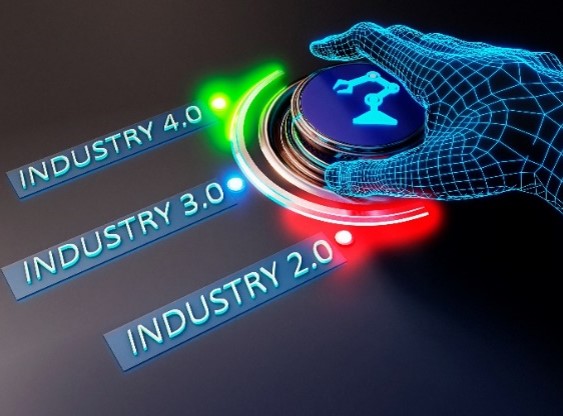
Manufacturing is at the forefront of adopting industrial automation, sensorization, and AI, leading to the emergence of smart factories. These factories are equipped with IoT sensors that monitor machine performance in real-time enabling predictive maintenance and reducing unplanned downtime. Smart factories and autonomous operations utilizing our services in AI and data analytics can achieve significant improvements in productivity and product quality by optimizing production processes and minimizing defects. Our digital twins are also becoming increasingly important in manufacturing. These virtual replicas of physical assets or processes allow manufacturers to simulate and optimize production lines before they are implemented.
Digital twins can be used to test and refine production processes in a virtual environment, reducing the need for costly physical prototypes and accelerating time-to-market. As AI and ML technologies continue to advance, we aim to develop more sophisticated digital twins, enabling manufacturers and operators to predict and respond to changes in demand, material availability, and other variables in real time.
Energy
Significant transformation driven by the need for greater efficiency and integration of renewable energy sources.
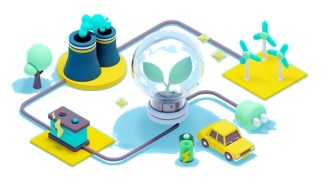
Smart grids, which use AI and data analytics to manage energy distribution, are becoming a cornerstone of modern energy systems. These grids can dynamically balance supply and demand, improving grid stability and reducing energy waste. Smart grids play an important role in supporting the integration of renewable energy sources, such as wind and solar, by optimizing the distribution of energy and ensuring reliability. Our Smart Energy Management System is another crucial application of advanced technologies in energy applications and utilities industry. These systems use sensors and AI algorithms to monitor and optimize energy use, significantly reducing energy consumption and operational costs.
Our SPARK Platform allows reduced energy consumption in commercial buildings by up to 30% by optimizing heating, cooling, and lighting systems based on occupancy and external conditions. Our digital twin services for power plants and renewable energy farms are set to revolutionize how energy systems are managed. These twins can simulate the performance of power generation assets under various conditions, allowing operators to predict maintenance needs and optimize energy production. We are proud of our digital twins as they enhance the efficiency and reliability of renewable energy systems, particularly as the world shifts towards more sustainable energy sources.
Communications
at the cutting edge of digital transformation, driving innovation across all industries.
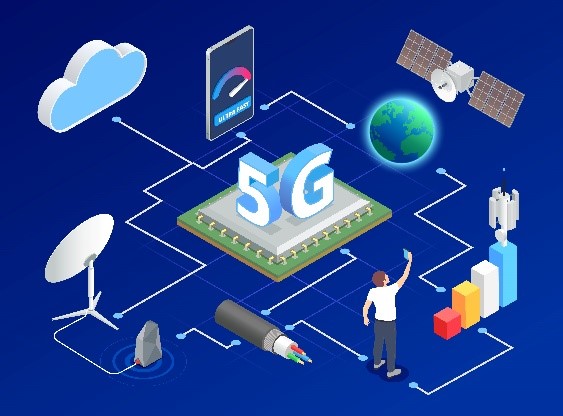
IoT devices equipped with sensors are generating vast amounts of data, which is analyzed using AI and ML to improve network performance and security. The proliferation of IoT devices and the data they generate will continue to fuel the growth of AI-driven network management systems, which can automatically detect and respond to real-time anomalies. The rollout of 5G networks represents a significant state-of-the-art development in telecommunications. These networks, supported by advanced sensorization and AI, offer faster, more reliable communication, enabling the growth of smart cities and the broader adoption of autonomous vehicles.
The potential of 5G to revolutionize industries is already being exploited by supporting massive IoT deployments and enabling new applications such as remote surgery and autonomous drones. Looking ahead, AI-driven network management systems will become increasingly important as the complexity of telecommunications networks continues to grow. These systems can optimize network performance, predict failures, and ensure the security of data transmissions. The future of AI in network management is highlighted by its potential to improve the efficiency and reliability of telecommunications infrastructure.
Healthcare
integration of advanced technologies revolutionizing patient care and drug development
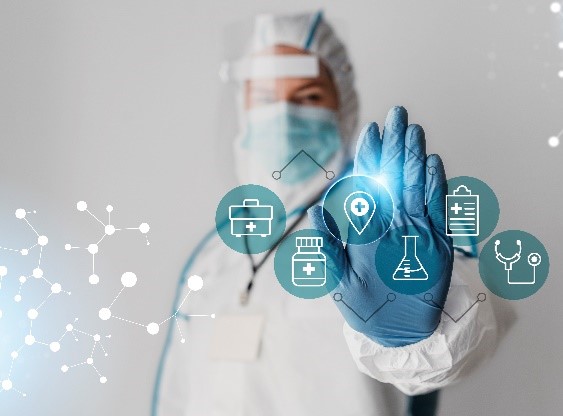
Wearable health monitors, equipped with sensors, track vital signs such as heart rate and oxygen levels in real-time, providing data that can be analyzed to personalize treatment plans. Wearable devices can significantly improve patient outcomes by enabling continuous monitoring and early detection of health issues. In pharmaceuticals, AI and ML are accelerating the drug discovery process. AI algorithms can efficiently analyze large datasets of scientific literature and clinical trial results to identify potential new drug candidates much faster than traditional methods. Additionally, digital twins of human organs are emerging as a groundbreaking tool for drug testing and development. These digital models can simulate how drugs interact with specific tissues, reducing the need for animal testing and enabling more precise and personalized treatments.
The future of healthcare is likely to involve even greater integration of AI and digital technologies, with a strong emphasis on personalized medicine. AI algorithms will increasingly analyze genetic data to tailor treatments to individual patients, improving the efficacy and safety of therapies. Furthermore, telemedicine, powered by AI and 5G, will continue to expand, making healthcare more accessible and efficient.
Buildings and Infrastructure
Smart buildings for smart and sustainable cities
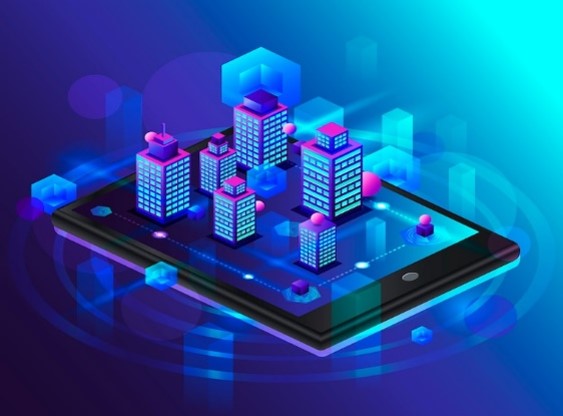
The construction and infrastructure industry is increasingly adopting digital twins and AI to improve project management, sustainability, and safety. Digital twins of construction sites are used to create virtual replicas of buildings and infrastructure projects, allowing for real-time monitoring and optimization of resources. Digital twins could be used to improve project planning and execution by providing detailed insights into the construction process. Our Smart Energy Management System play a critical role in improving the sustainability of construction projects. These systems use sensors and AI to monitor and control building systems, reducing energy consumption and operational costs. Our SPARK Platform can achieve significant energy savings in commercial buildings by optimizing the performance of heating, cooling, and lighting systems.
AI-driven predictive maintenance systems will become increasingly important in the construction and infrastructure sectors. These systems use sensor data to predict when critical infrastructure components, such as bridges and roads, are likely to fail, allowing for proactive maintenance that prevents costly and potentially catastrophic failures. The potential of predictive maintenance systems to improve the safety and longevity of infrastructure assets is already evident.
